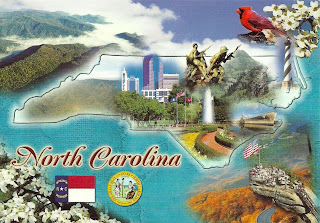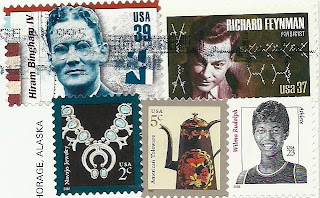
Southern Hairy-nosed Wombat (Lasiorhinus latifrons).
Sent by Laurent, a postcrosser from New South Wales, Australia.
This is from Wikipedia : The Southern Hairy-nosed Wombat (Lasiorhinus latifrons) is one of three species of wombats. It is found in scattered areas of semi-arid scrub and mallee from the eastern Nullarbor Plain to the New South Wales border area. It is the smallest of all three wombat species. The young often do not survive dry seasons. It is the state animal of South Australia.
The oldest southern hairy-nosed wombats ever documented were a male and a female from Brookfield Zoo just outside of Chicago. Their names were Carver, who lived to be 34, and his mother, Vicky, who lived to be 24.
The southern hairy-nosed wombat has a stocky and robust build adapted for digging. It is plantigrade and digs with its flattened claws found on each of its 5 digits. The body length ranges 772–934 millimetres (30.4–36.8 in) with a body mass ranging 19–32 kilograms (42–71 lb). It has a short tail that is hidden by its fur. The pelage is silky and ranges in colour from grey to tan. The second and third toes of the wombat’s hind feet are mostly conjoined, apart from their terminal joints, forming a digit with two claws which the wombat uses for grooming. The head is robust and flattened with extended, pointed ears. The snout is pig-like. The animal gets its name from the soft fur covering its rhinarium. The wombat's incisors resemble those of rodents and have molars with a wide palate between them. All the teeth grow continuously throughout its life, which is likely an adaptation to its harsh diet. Compared to the common wombat, the southern hairy-nosed wombat has a better developed temporalis muscle and a more reduced masseter muscle. It is also distinguished from the northern hairy-nosed wombat, with its nasal bone being longer than the frontal bone.
















































